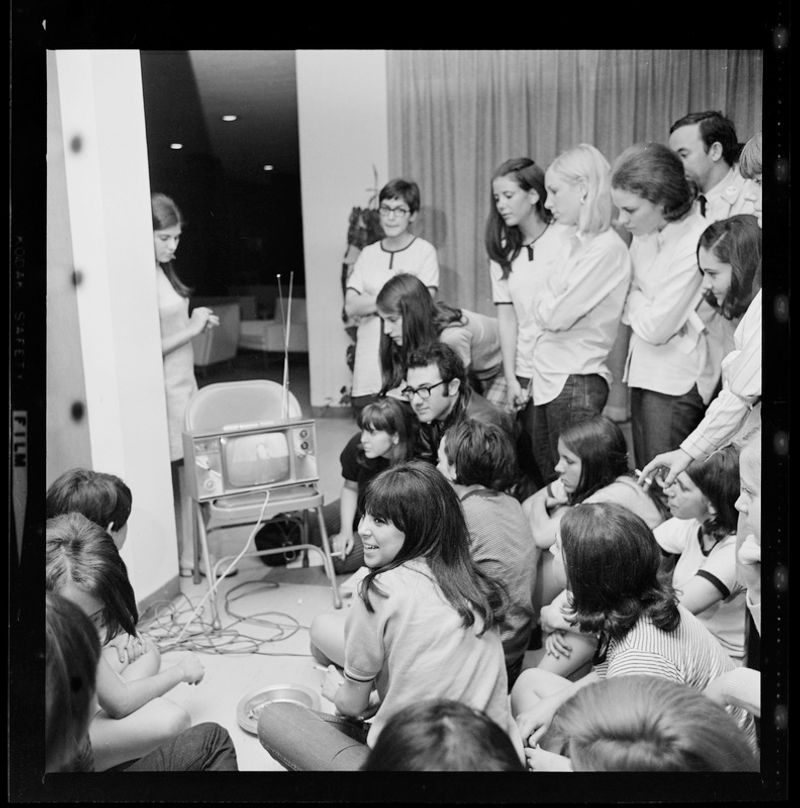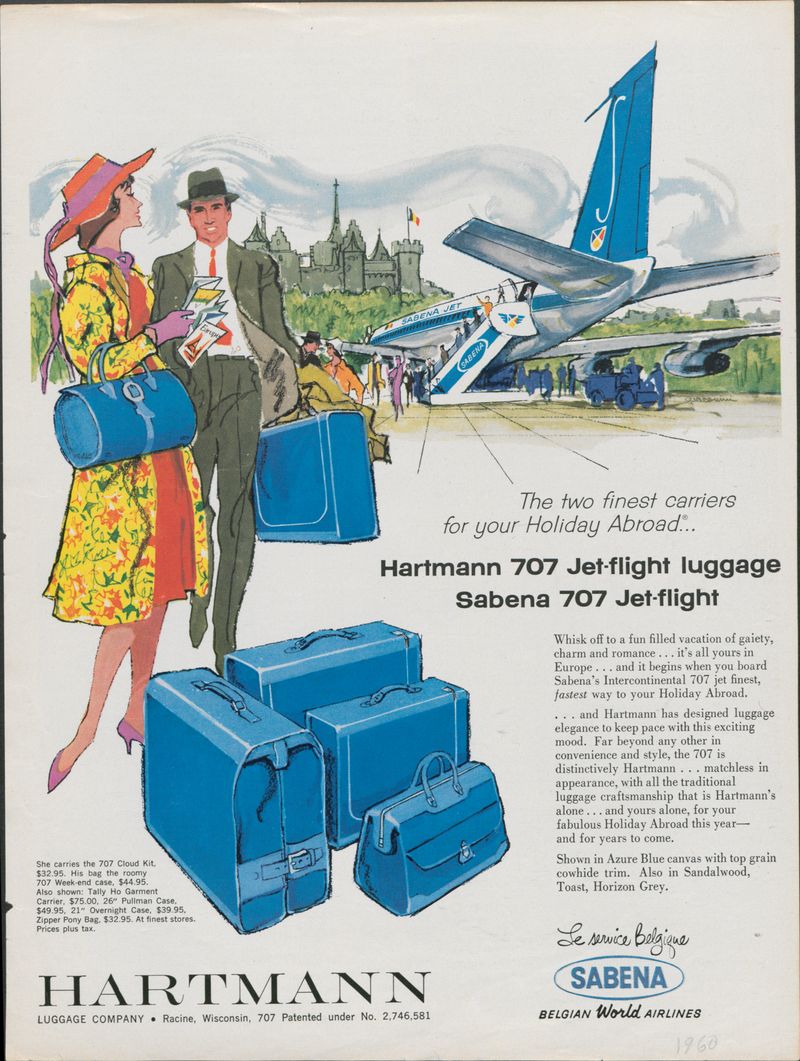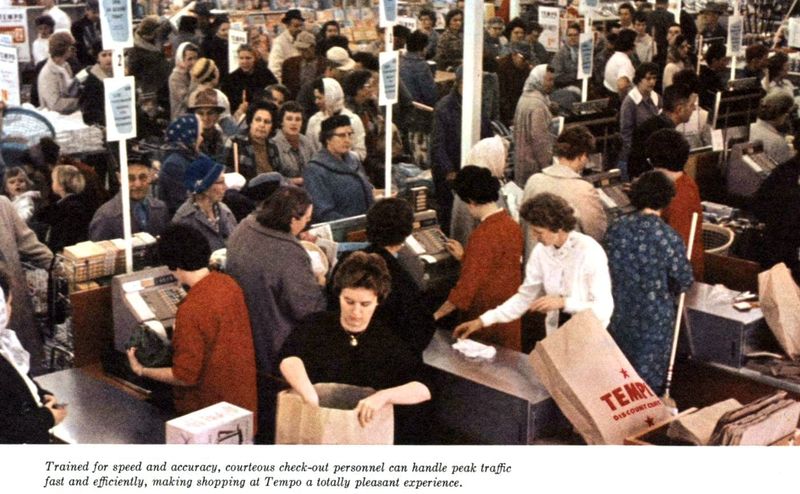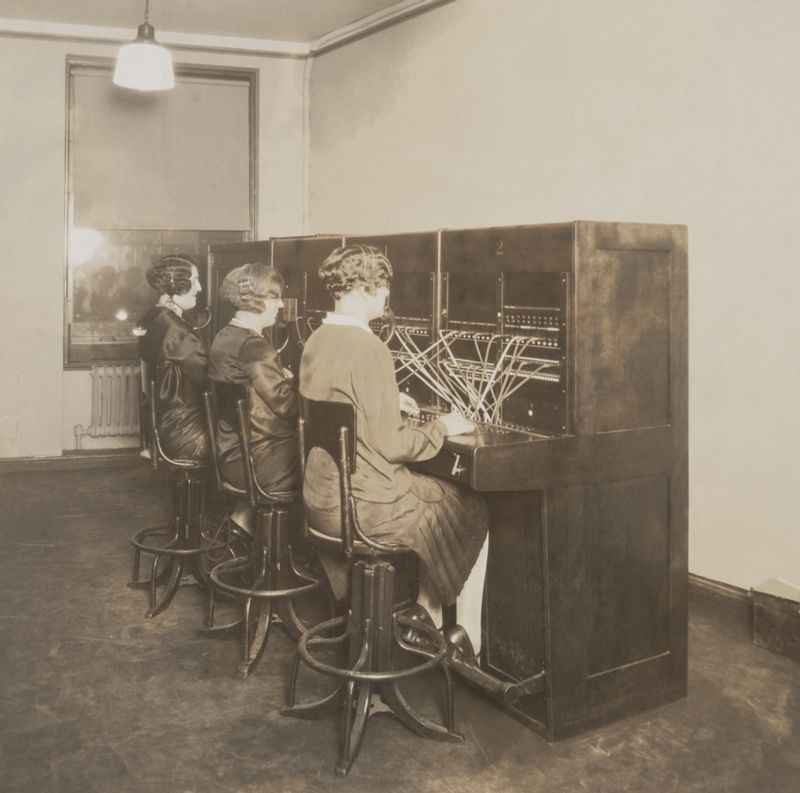The 1960s were a transformative era, full of dramatic societal shifts and technological innovations. Yet, despite the vibrant culture, life was undeniably more challenging in many ways compared to today.
From communication barriers to limited medical advances, everyday life required more effort, patience, and resilience. This article explores twelve distinct ways life in the 60s presented unique hardships.
1. No Instant Communication
In the 1960s, communication wasn’t instantaneous. Imagine waiting days, even weeks, for news from loved ones far away. Letters, with their handwritten charm, were the primary mode of correspondence. Landlines tethered conversations to specific locations, and payphones were scattered lifelines for urgent calls. No cellphones or texts meant patience was a virtue.
People cherished the anticipation of the mailman’s visit, often decorated with colorful stamps. It was an era where news traveled at the speed of the postal service, and even the briefest long-distance call came at a steep cost.
2. Limited Medical Advances
Medical care in the 60s was a world away from today’s advancements. Vaccines like MMR weren’t available until 1971, and antibiotics were less effective. This meant many illnesses carried significant risks. Diagnostic tools were rudimentary, lacking today’s precision.
Doctors often relied on their expertise rather than machines. The fear of polio still loomed until the vaccine became widespread. Medicine was more about managing symptoms than curing ailments, and families faced higher anxiety over health. A trip to the hospital was a more daunting experience than it is now.
3. Manual Household Chores
Household chores in the 1960s were labor-intensive. Forget robotic vacuums; vacuuming was a workout! Dishwashers were a luxury, and laundry was a full-day affair. Many relied on wringers or hefty machines to wash clothes, demanding more muscle than modern gadgets.
The kitchen was a hub of activity, with cooking and cleaning taking hours. Homemakers spent countless hours maintaining a tidy home, often without help. Every task required dedication and time, a stark contrast to today’s quick-fix solutions. It’s no wonder families had stricter schedules to manage it all.
4. Scarce Information Access
Before the internet, accessing information in the 1960s meant a trip to the library. Encyclopedias were the Google of the time, with thick volumes offering a wealth of knowledge. Research required time, patience, and physical effort, as misinformation was harder to fact-check.
Libraries were quiet sanctuaries of knowledge, yet the information was often outdated by the time it was published. Radio and TV provided news, but not 24/7. Curiosity took dedication, and learning wasn’t at the fingertips. It’s a wonder how resourceful people had to be for even the simplest fact-checks.
5. Higher Road Danger
Road travel in the 60s was risky business. Seat-belts weren’t standard, and airbags were unheard of. Cars were built for style, not safety, with metal dashboards and no crumple zones. Drunk-driving laws were lax, contributing to the high number of fatalities.
A drive down memory lane reveals a world where road trips came with inherent danger. Families piled into vehicles for scenic routes, but safety was a secondary consideration. It’s no surprise car travel carried more risks, making each journey a cautious adventure rather than a carefree cruise.
6. Limited Travel Convenience
Traveling in the 1960s was a logistical feat. Budget airlines were non-existent, and booking a trip was a manual affair. Long train or bus rides were common, and airfares were steep, making vacations a rare luxury.
Families often planned meticulously, saving for months to afford a getaway. The ease of today’s online booking and last-minute deals was unimaginable. Airports were bustling with travelers, yet the process lacked today’s efficiency. Despite these challenges, the excitement of adventure was palpable, as every journey felt like a grand event.
7. Rigid Gender Roles
The 1960s were defined by rigid gender roles. Men in suits and women in skirts were the norm, with societal expectations limiting career choices. Women often stayed at home, juggling household duties while dreaming of broader horizons.
Opportunities were constrained, with personal choices heavily influenced by traditional norms. Whether in the workplace or at home, gender dictated roles, leaving little room for deviation. Yet, beneath the surface, the seeds of change were being planted, as movements for equality began to stir, challenging the status quo.
8. Pollution & Environmental Hazards
Environmental concerns were often overlooked in the 1960s. Leaded gasoline fueled cars, spewing pollutants into the air. Industrial waste filled rivers, and emissions regulations were lax, resulting in dirty air and water.
People lived amidst smog-filled cities, often unaware of the health risks they faced. Respiratory problems were common, yet environmental advocacy was in its infancy. The sights and smells of pollution were a daily reminder of industrial progress, with little thought given to sustainability. It was a different world, where nature took a backseat to development.
9. Job Stability, but Low Mobility
The 60s offered job stability, but career mobility was limited. Lifetime jobs were common, yet changing careers was a major ordeal. Retraining options were scarce, and moving for work involved significant life changes.
Workers were often tied to a single profession, with limited paths for advancement. Loyalty to a company was valued, but personal growth was stifled by the lack of opportunities. The workplace was a steadfast environment, often resistant to change, as employees navigated a landscape built on tradition rather than innovation.
10. No Online Shopping or Delivery
Shopping in the 1960s was an entirely physical experience. Groceries, clothes, and rare parts required in-person visits to various stores. Special orders were placed through catalogs, with long waits for delivery.
The hustle and bustle of shopping districts were alive with activity, yet convenience was elusive. Every purchase demanded effort and time, contrasting sharply with today’s digital ease. Yet, there was a charm in browsing window displays and engaging with shopkeepers. It was a time when shopping was as much a social event as a necessity.
11. High Cost of Long-Distance Calls
Making a long-distance call in the 60s was a financial decision. Rates were prohibitive, turning the phrase “Operator, connect me to…” into a costly affair. Families often limited conversations to essentials, as each minute ticked away dollars.
Communication was strategic, as distance strained family ties and work relationships. Calls were cherished, with every word carefully chosen. The cost shaped interactions, making every exchange meaningful yet brief. Despite the barriers, the joy of hearing a loved one’s voice was worth every cent, a rare connection in a distant world.
12. Limited Entertainment On-Demand
Entertainment in the 60s required planning. TV shows aired on a schedule, and movies were theater-only experiences. There was no binge-watching; if you missed a show, you waited for a rerun.
Radios played tunes and stories, yet listeners adapted to the station’s timing. The thrill of a new movie was tied to its theater release, a communal event shared by audiences. While options were limited, the anticipation added excitement. Families gathered around screens and speakers, turning entertainment into an experience rather than a solitary, on-demand activity.












